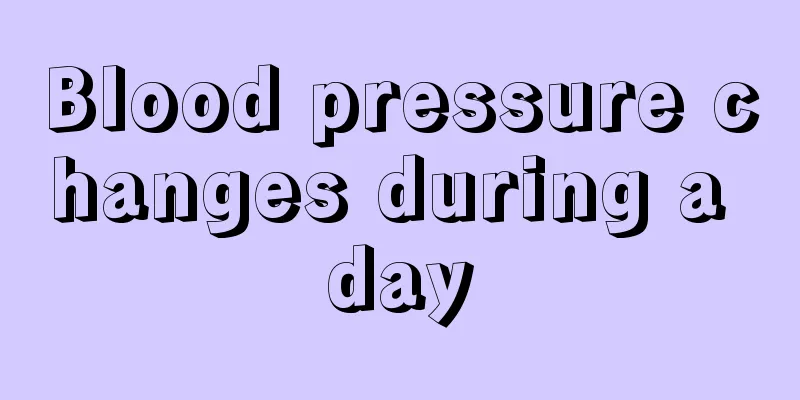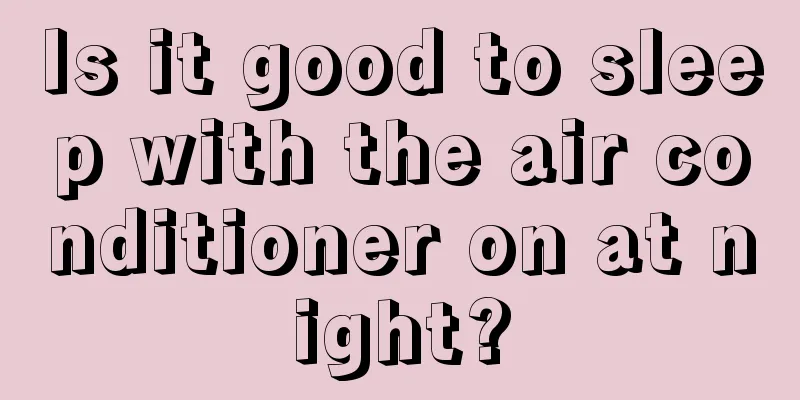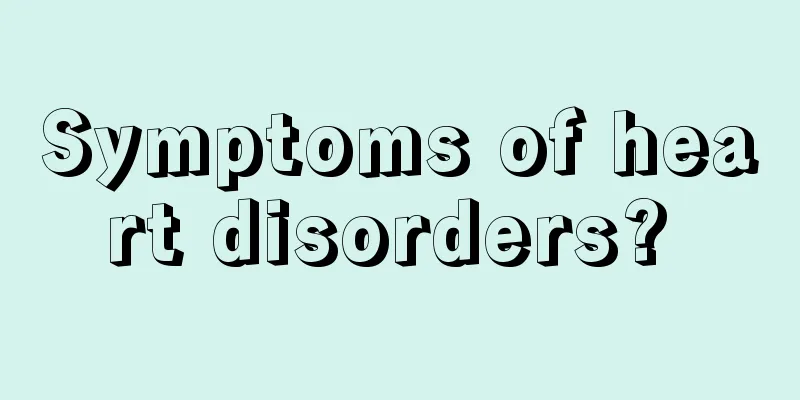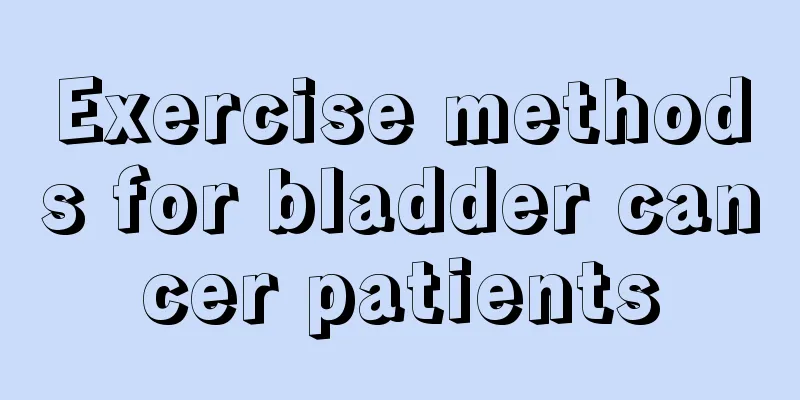Blood pressure changes during a day

|
Blood pressure is an important health indicator of the human body. Of course, blood pressure will also change according to people's physical condition, and this change also follows certain rules. If your blood pressure changes regularly, it means you are relatively healthy. However, if your blood pressure changes irregularly, you need to go to the hospital for examination in time. Next, I will introduce to you some knowledge about the changing patterns of blood pressure! 1. Daily changes in blood pressure Blood pressure changes rhythmically under physiological conditions. The typical rhythmic changes of blood pressure show "double peaks and one valley", that is, blood pressure gradually rises after waking up in the morning, with the first peak occurring around 8 to 10 am, after which blood pressure tends to stabilize, with the second peak occurring around 3 to 5 pm; after falling asleep at night, blood pressure gradually decreases, reaching the lowest level between 3 and 4 am. The above is a general rule. In fact, everyone's blood pressure fluctuations are unique. Some people have particularly high blood pressure when they wake up in the early morning, while others have high blood pressure in the evening. Generally speaking, blood pressure during the day is higher than blood pressure at night, and this blood pressure curve is called dipper-shaped blood pressure. To be more precise, dipper blood pressure refers to a 10% to 20% drop in nighttime blood pressure compared to daytime blood pressure. If the nighttime blood pressure drops by less than 10%, it is a non-dipper; if the nighttime blood pressure does not drop but rises, it is a reverse dipper; if the nighttime blood pressure drops by more than 20%, it is an extreme dipper. There are more non-dippers in hypertensive patients, and the proportion of extreme dippers is also higher in elderly patients. 2. Standards and causes of high blood pressure Blood pressure measurements are affected by many factors, such as emotional excitement, tension, exercise, etc. If the standard measurement method is used under quiet and sober conditions, and the blood pressure values on at least three different days reach or exceed systolic pressure 140 mmHg and/or diastolic pressure 90 mmHg, it can be considered that hypertension exists. If only the systolic blood pressure reaches the standard, it is called isolated systolic hypertension. The vast majority of hypertension is primary hypertension, and about 5% is secondary to other diseases, called secondary or symptomatic hypertension, such as chronic nephritis. Hypertension is an important risk factor for atherosclerosis and coronary heart disease, and is also an important cause of heart failure. 3. Standards and causes of lowered blood pressure Any blood pressure below 90/60 mmHg is called hypotension. Sustained hypotension is often seen in serious conditions such as shock, myocardial infarction, and acute cardiac tamponade. Hypotension may also have physical reasons. The patient reports that his blood pressure has always been low. The patient's oral mucosa is partially pale. When the heart contracts and relaxes, the edges of the pale area change from red to white regularly, which is the capillary pulsation sign. |
<<: The impact of temperature on blood pressure
>>: The relationship between weight and blood pressure
Recommend
4 major factors causing breast cancer
Breast cancer is the most common malignant tumor ...
Characteristics of girls who have been single for a long time
People who pay close attention will find that aft...
The difference between follicle discharge and atrophy
If the follicle grows to a certain size, it shoul...
Normal fasting blood sugar level, beware of diabetes
Fasting blood sugar is the most commonly used ind...
How to make curly hair straight
Sometimes, some beauty-loving women will perm the...
Cracked area around chin
Dryness and cracking around the chin may be cause...
What are the symptoms of liver cancer in the middle stage
Symptoms of liver cancer in the middle stages can...
There are several types of hepatitis C
Viral hepatitis can be divided into five types ba...
I get pimples all over my body in autumn
Autumn is extremely miserable for some people wit...
How to open fresh macadamia nuts?
Everyone loves delicious food and everyone likes ...
How to solve oily hair?
Most people with oily hair also have oily skin. B...
What is the face shape of apple muscles
The apple muscles cannot represent your face shap...
What are the treatment methods for liver cancer? The three most effective treatments for liver cancer
There are many treatments for liver cancer. Curre...
Homemade cooling device from mineral water bottle
In the scorching summer, the heat is unbearable. ...
What does eugenics genetic test include?
Today's society advocates eugenics and good p...









